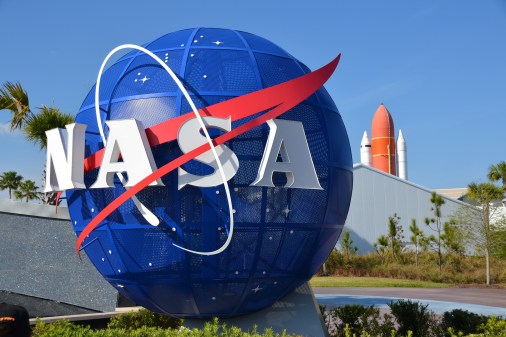New NASA challenge seeks early warning system for earthquakes
NASA is looking to a community of more than 800,000 data scientists and developers to find a way to detect earthquakes before they happen.
With the help of Appirio’s TopCoder community, NASA is in the midst of a two-week challenge in which users are tasked with creating algorithms that could uncover electromagnetic pulses that may precede earthquakes.
The Quest for Quakes challenge is taking data gathered by sensors in areas of the world that are regularly impacted by earthquakes. The data, which comes from QuakeFinder — a humanitarian research project of aerospace engineering firm Stellar Solutions — measures electromagnetic signals from earthquakes near the San Andreas Fault and other faults in California, Chile, Peru, Greece, Indonesia and Taiwan. QuakeFinder has released 3 terabytes of data on an Amazon Web Services cloud for the challenge.
The relationship between electromagnetic pulse and earthquakes is highly debated among those who research the natural disasters. One theory suggests that fracturing rock in the Earth’s crust creates an electrical pulse that travels to the surface and makes a small change in the local magnetic field. However, researchers often have to deal with fuzzy data due to a number of natural and human-made electromagnetic “noise” sources, such as lightning, solar storms and commuter trains.
“Developing a reliable approach that can separate potential earthquake-induced electromagnetic pulses from the myriad of natural and anthropogenic sources has been a significant challenge,” said Craig Dobson, program scientist at NASA Headquarters in Washington, in a release. “We look forward to seeing the innovative ideas from this competition and learning more about this controversial phenomenon.”
These complex problems are often why NASA turns to TopCoder to tap into its 800,000-person community. Mike Morris, a general manager at TopCoder, said the agency has been tapping into TopCoder since 2010 when faced with a problem its own researchers can’t solve.
“A lot of what they are trying to solve is potentially unsolvable problems,” Morris told FedScoop. “Researchers know that what they are trying to do may not be possible, but when they are running their experiments, they would try to solve a problem with a limited set of solvers [and they] weren’t confident in their failures.”
“So when they heard about our model, it was a way to be able to launch a challenge on TopCoder, get hundreds of people to solve it at the same time, come up with all different approaches, and at the end of it, if it didn’t work, they would be confident that it was an unsolvable problem,” he said.
Winning teams will receive a share of $25,000, with $10,000 going to first place winners. Quest For Quakes is open until Aug. 9.






